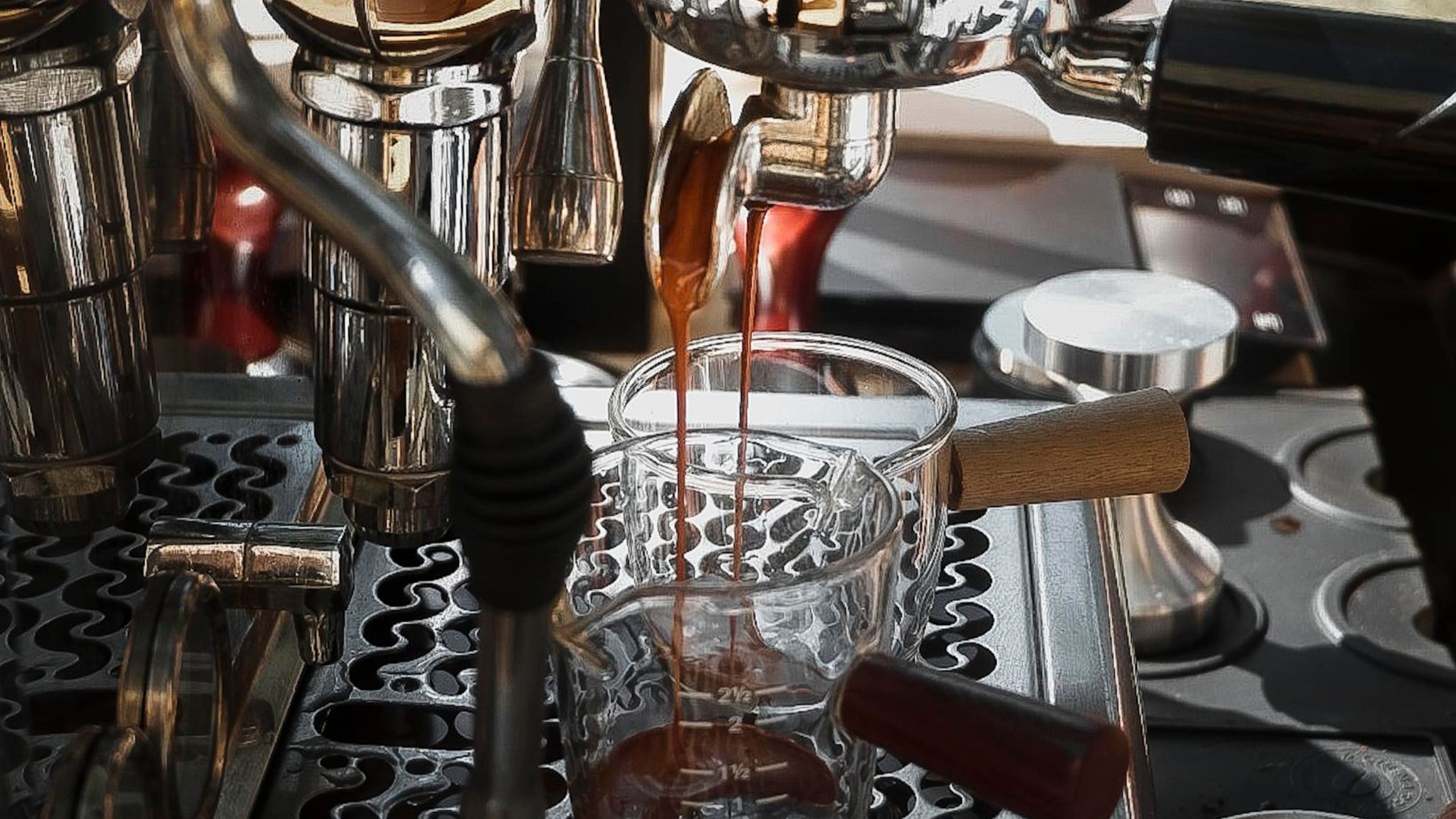
There’s something truly magical about a perfectly brewed cup of espresso. The rich aroma, the velvety texture, and the intense flavors all come together to create a sensory experience like no other. But behind every exceptional espresso lies a meticulous process of calibration. In this blog post, we’ll dive deep into the world of espresso coffee calibration and explore the various factors that contribute to achieving that elusive, exceptional cup.
The Importance of Espresso Calibration
Espresso coffee calibration is a crucial step in the pursuit of brewing perfection. It allows baristas and coffee enthusiasts to fine-tune every element of the brewing process, ensuring consistency, quality, and a desired flavor profile in each shot. Without proper calibration, even the finest coffee beans and top-of-the-line espresso machines may fail to deliver their full potential.
- Adjusting the Grind Size: One of the key aspects of calibration is determining the ideal grind size. The coarseness or fineness of the coffee grounds significantly impacts the extraction process. A finer grind size generally leads to a slower extraction, resulting in a more intense and flavorful shot, while a coarser grind allows for faster extraction, producing a lighter-bodied espresso. By experimenting with different grind sizes and observing the resulting flavors, baristas can precisely control the extraction process to achieve the desired taste.
- Dialling in the Coffee Dose: The amount of coffee used, known as the dose, plays a crucial role in espresso calibration. A higher dose typically leads to a stronger and more concentrated shot, while a lower dose results in a milder espresso. Finding the right dose involves striking a balance between the desired strength and the coffee’s unique characteristics. Through careful measurement and adjustment, baristas can fine-tune the dose to achieve the perfect flavour balance.
- Brewing Time: Brewing time, also known as shot time, refers to the duration of the extraction process. It starts from the moment water comes into contact with the coffee until the shot is complete. The ideal brewing time depends on various factors, such as grind size, coffee dose, and personal preference. Longer extraction times extract more compounds from the coffee, intensifying the flavours, while shorter times produce a milder taste. Baristas must meticulously observe the brewing time and make slight adjustments to achieve optimal extraction without over-extraction, which can result in bitter flavours. The most common brewing time used is from 20 seconds to 30 seconds.
- Optimizing Water Temperature and Pressure: Water temperature and pressure are two critical parameters in espresso coffee calibration. The water temperature should typically range between 195°F (90°C) and 205°F (96°C) for optimal extraction. Adjusting the temperature allows baristas to control the balance of acidity, sweetness, and bitterness in the final cup. Similarly, adjusting the pressure influences the rate of extraction. Higher pressures can lead to more intense flavours, while lower pressures create a milder taste profile.
Mastering espresso coffee calibration is a journey that requires a deep understanding of the brewing process and a commitment to experimentation. By carefully adjusting variables such as grind size, coffee dose, brewing time, water temperature, and pressure, baristas and coffee enthusiasts can unlock the full potential of their coffee beans and espresso machines. The art of calibration enables them to create consistently exceptional cups of espresso that tantalize the senses and leave a lasting impression.




